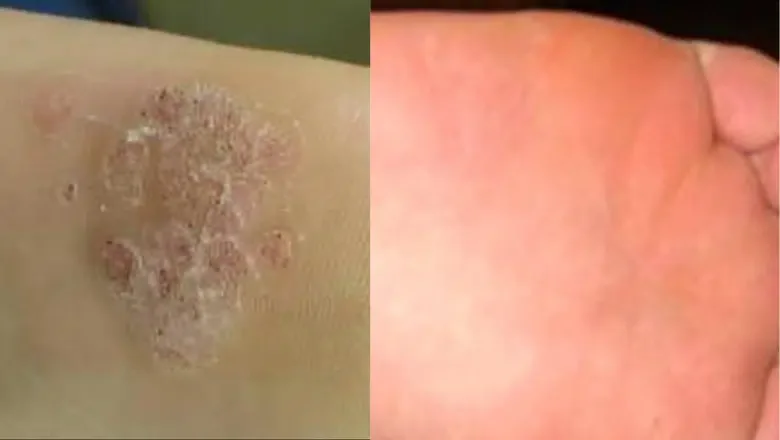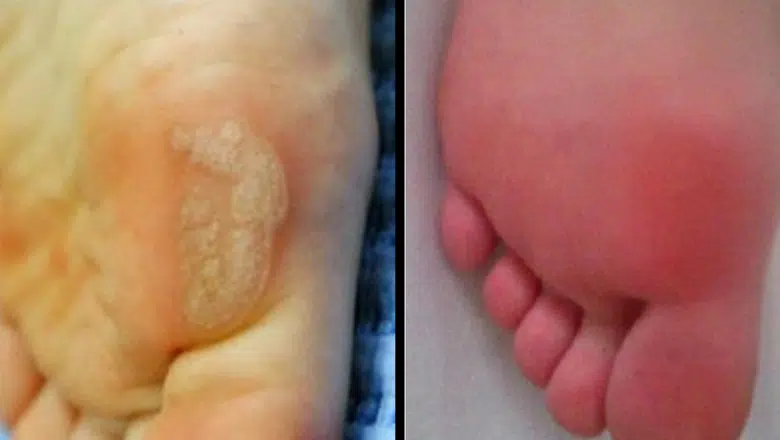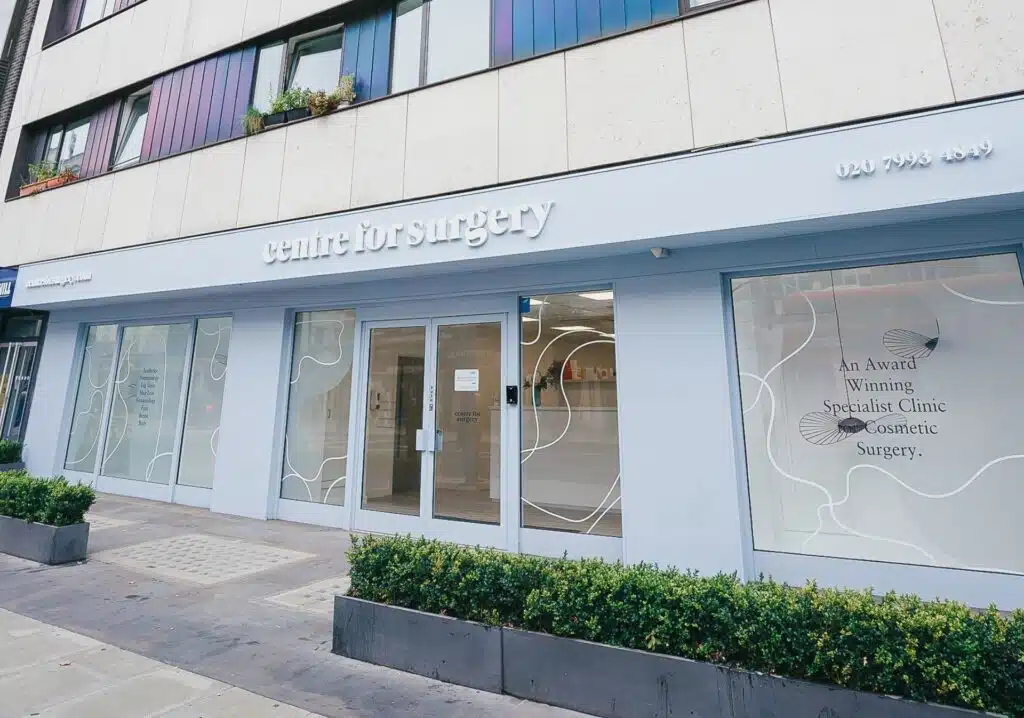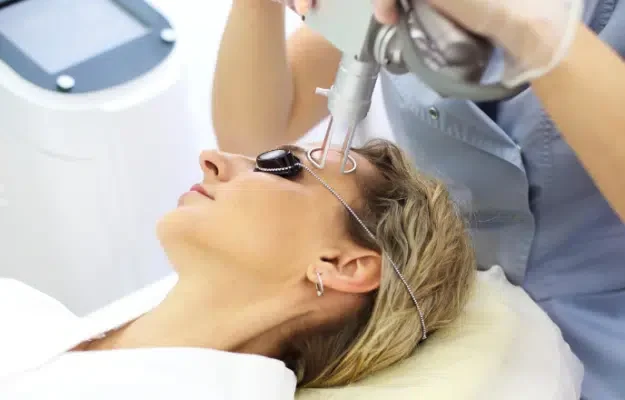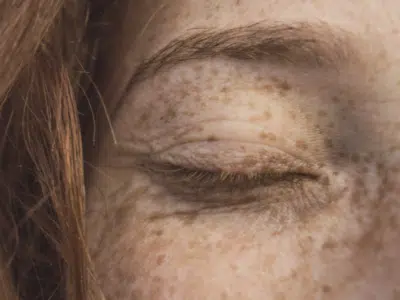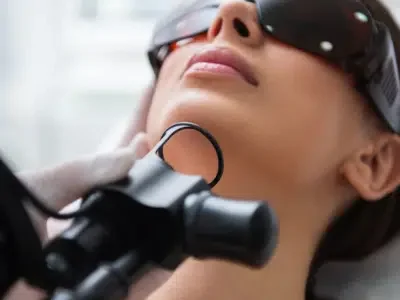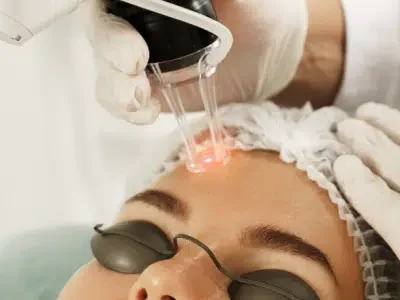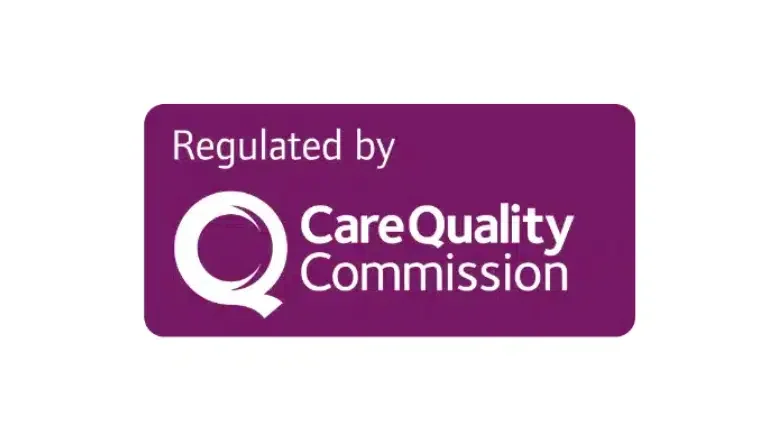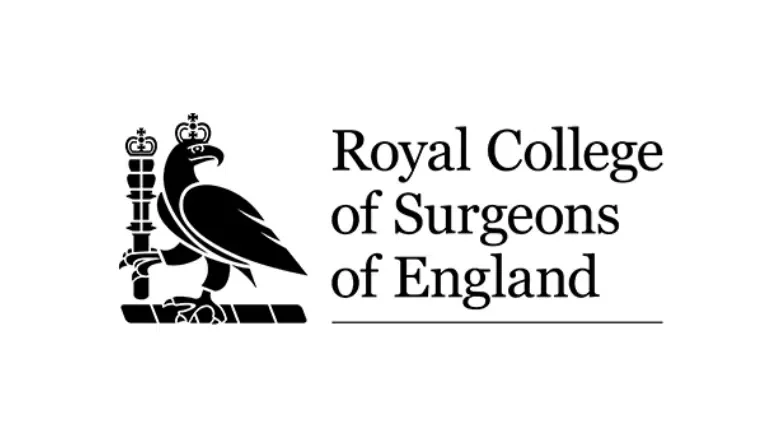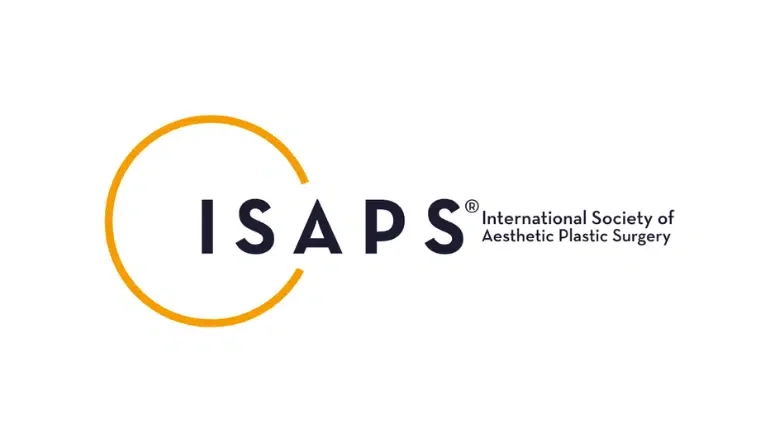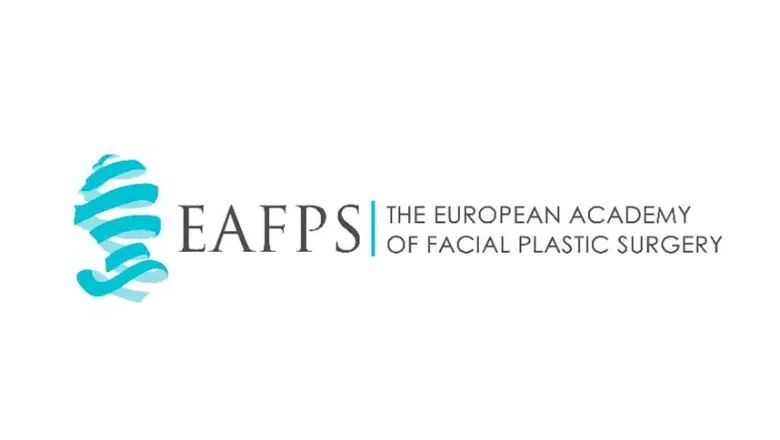Verruca Removal in London
Verrucas, those stubborn and often uncomfortable growths on the feet, can be a source of significant discomfort and embarrassment. Thankfully, modern medical technology offers a safe and effective solution: laser verruca removal. At Centre for Surgery in London, we specialise in this advanced treatment, providing our patients with a high level of care and expertise.
This guide aims to give you a thorough understanding of the laser verruca removal process offered at our clinic in London. The treatment utilises cutting-edge laser technology, a highly effective method for dealing with verrucas. The procedure involves using a concentrated beam of light, which is precisely targeted at the verruca. This light energy works to efficiently break down the verruca’s structure, causing it to gradually diminish and eventually disappear without harming the surrounding skin.
One of the key benefits of choosing laser treatment with us is the minimal discomfort involved. Unlike traditional methods, which can sometimes be painful and invasive, laser treatment is generally painless and non-invasive. It’s an outpatient procedure, meaning you can return to your daily activities immediately after the treatment, with no need for a lengthy recovery period.
Furthermore, laser treatment for verrucas is known for its high success rate. Many patients experience complete removal of the verruca, with a significantly lower chance of recurrence compared to other methods. The precision of the laser also ensures that the surrounding skin remains unharmed, preserving the aesthetic appearance of your feet.
At Centre for Surgery, our experienced team of professionals is dedicated to providing personalised care. During your initial consultation, we will assess your specific condition and discuss the best treatment approach for your needs. We understand that each patient’s situation is unique, and we tailor our treatments to suit individual requirements.
What are Verrucas?
A verruca, also known as a plantar wart, is a prevalent condition. Like warts, verrucae are caused by the Human Papilloma Virus. Verrucae are notoriously stubborn skin lesions to remove, and many older treatments still commonly used at other clinics lead to a high failure rate. Older treatments used by podiatrists include filing down the wart followed by the application of salicylic acid, and repeated use of this treatment can damage the surrounding skin, leading to further spread of the verrucas.
Verruca removal is no longer routinely performed on the NHS as they are viewed as a purely cosmetic condition. Even when there is a functional issue such as significant discomfort, it can be difficult to get NHS treatment and the treatments used are generally known to be relatively ineffective.
There are many treatments available for verruca removal, and there is a lot of conflicting information on which treatments are best for verruca removal. As with wart removal, if extra verruca tissue is left behind after treatment, then this will almost inevitably lead to the recurrence of the verruca. Many treatment methods lead to failure as the proper method is to inject local anaesthetic into the area of the verruca followed by verruca treatment. By failing to use local anaesthetic injection, patient discomfort will likely prevent treatment of the deeper parts of the verruca. Local anaesthetic allows comprehensive treatment of the verruca, including deeper parts for full clearance.
Although older methods used by podiatrists and chiropodists of filing the verruca down followed by application of concentrated salicylic acid are recognised techniques, they have a very high rate of failure due to incomplete penetration of the salicylic acid. These treatments need a course of sessions, and despite multiple verruca treatments, failure to remove the verruca completely is a common occurrence.
Laser Verruca Removal Before & After
Advantages of Dual Wavelength Fotona Laser for Verruca Removal
Laser verruca removal, especially when utilising the advanced dual wavelength approach of the Fotona laser is a highly effective and innovative method for treating verrucas. This approach offers several benefits that make it a preferred choice for both patients and practitioners. Let’s delve into the key advantages of this cutting-edge technology:
Precision and Effectiveness
The Fotona laser’s dual wavelength feature allows for unmatched precision in targeting verrucas. This laser combines two types of laser beams—Nd:YAG and Er:YAG. Each wavelength targets different aspects of the verruca, ensuring comprehensive treatment. The Nd:YAG wavelength penetrates deeply to address the root of the verruca, while the Er:YAG wavelength is more superficial, perfect for fine-tuning the treatment. This dual approach ensures that the entire verruca is treated effectively, reducing the risk of recurrence.
Minimal Discomfort
One of the most significant benefits of using the Fotona laser for verruca removal is the minimal discomfort experienced during the procedure. The laser’s precision means that only the verruca is targeted, leaving the surrounding skin untouched. This results in a more comfortable experience compared to traditional methods, which can be invasive and painful.
Quick and Convenient Procedure
The Fotona laser treatment is relatively quick and can be completed in a short office visit. This convenience is a major advantage for patients who have busy schedules and prefer a treatment that doesn’t require extensive downtime or a prolonged recovery period.
Safety and Reduced Side Effects
The Fotona laser is renowned for its safety profile. The dual wavelength approach minimises the risk of damage to surrounding tissues, reducing the likelihood of side effects such as scarring or infection. This safety aspect makes it a suitable option for a wide range of patients, including those with sensitive skin.
Enhanced Healing and Aesthetic Results
The Fotona laser not only removes verrucas effectively but also promotes quicker healing. The laser stimulates collagen production and skin regeneration, leading to smoother, healthier-looking skin post-treatment. This aspect is particularly beneficial for those who are concerned about the cosmetic appearance of their feet after verruca removal.
Versatility and Customisation
The Fotona laser’s dual wavelengths provide versatility that allows practitioners to tailor treatment to each patient’s specific needs. The laser settings can be adjusted for optimal results, whether it’s a singular verruca or multiple lesions.
Challenges and Limitations of Traditional Verruca Treatments
Verrucas, particularly plantar mosaic warts, pose a significant challenge in dermatological treatment due to their resilience and complex nature. Traditional methods of verruca removal, including needling, salicylic acid application, and cryotherapy, have been widely used but come with various limitations and a high rate of treatment failure. This comprehensive overview aims to shed light on why these methods may not always be effective.
The Challenge with Needling for Verruca Removal
Needling involves multiple small penetrations to push verruca tissue deeper into the skin. The theoretical basis is to trigger an immune response against the verruca. However, this method has proven to be highly ineffective. The high failure rate is attributed to its inability to stimulate the immune system for effective verruca removal sufficiently. Thus, needling is considered a less favourable option in modern dermatological practices.
Filing and High Strength Salicylic Acid Application
This treatment involves filing down the verruca and applying concentrated salicylic acid. Podiatrists frequently use this method, but it too suffers from a high failure rate. Multiple treatments often result in the persistence of the verruca. The key drawback is the superficial action of salicylic acid, which fails to reach the deeper layers of the verruca, especially when they extend up to 6mm or more in depth. Consequently, a significant portion of the verruca remains untreated, misleadingly appearing as though it has been fully removed.
Cryotherapy for Verruca Removal
Cryotherapy, or freezing, is a more effective option than the aforementioned methods and is a common treatment in the NHS for various skin lesions due to its cost-effectiveness. While cryotherapy can be reasonably effective for wart removal in other areas, it faces challenges when applied to plantar warts. The primary issue is the pain associated with the procedure, as it is often performed without local anaesthetic. This limits the depth to which the treatment can be applied based on the patient’s pain tolerance. Additionally, the thickness of plantar warts, often exceeding 5mm, makes it difficult for the freezing effect to reach the entire depth of the verruca. The non-uniform application of freezing often leads to partial treatment, with deeper parts of the verruca remaining unaffected. This inherent limitation results in incomplete removal or even enlargement of the verruca after multiple sessions.
Verruca Removal Procedure
Recovery after Verruca Removal
Following laser verruca removal, the proper care and management of the treatment area are crucial for ensuring a smooth and effective healing process. The healing period typically extends up to three weeks, during which special attention must be given to the wound due to its location on the foot. The unique challenges posed by foot wounds require a tailored approach to post-treatment care.
Understanding the Healing Challenges for Foot Wounds
- Slower Healing Rate: Foot wounds generally exhibit a slower healing rate compared to other parts of the body. This is primarily due to the constant pressure exerted on the area while walking.
- Increased Risk of Infection: The foot is more susceptible to the ingress of dirt or sweat, which heightens the risk of infection. Such risks necessitate stringent wound care measures.
Essential Post-Treatment Care Recommendations
- Footwear Considerations: Patients are advised to wear well-padded, loose-fitting footwear. This helps in alleviating pressure on the treated area and reduces the risk of irritation or wound aggravation.
- Activity Modification: Minimising strenuous activities, especially those involving extensive foot use, is essential during the healing phase. This precaution helps in preventing undue stress on the wound.
- Guidance from Laser Specialists: Adhering to guidelines on wound care is key to a successful recovery.
Wound Care Protocol
- Chlorhexidine Wash: The first step involves washing the foot with a chlorhexidine solution. This antiseptic wash is effective in keeping the wound clean and reducing the risk of infection.
- Moist Dressing Application: After cleaning, applying a moist dressing is recommended. Moist dressings play a vital role in facilitating quicker healing by maintaining an optimal moisture balance in the wound environment.
- Availability of Supplies: Both the chlorhexidine foot wash solution and appropriate dressings are readily available at most reputable pharmacies.
Adhering to these post-procedure care guidelines is essential for ensuring a safe and speedy recovery following laser verruca removal. Patients should closely follow the advice of their laser specialist and promptly address any concerns or unusual symptoms during the healing process. Proper care can significantly reduce the risk of complications, leading to a more comfortable and effective healing journey.
Verruca Removal Near Me: Why Choose Centre for Surgery
Are you searching for a reliable and effective solution for verruca removal in London? Look no further than the Centre for Surgery. Our clinic, renowned for its expertise and state-of-the-art treatments, stands as a leading choice for those seeking top-quality verruca removal services.
Unparalleled Expertise and Advanced Treatments
At the Centre for Surgery, we specialise in laser verruca removal, utilising the latest technologies, including Nd:YAG and Erbium lasers. Our approach ensures a high success rate, with a focus on patient comfort and effective outcomes. Our skilled laser specialists are adept at handling everything from simple verrucas to more complicated lesions, ensuring that each patient receives personalised care.
Patient Testimonials
- “Exceptional Experience”: “I had a persistent verruca that just wouldn’t go away. The team at Centre for Surgery was fantastic – they explained the procedure clearly, and the treatment was quick and virtually painless. Now, I’m verruca-free, thanks to their expertise!” – Emma H.
- “Highly Recommended”: “The Centre for Surgery truly stands out. Their use of the latest laser technology made a huge difference in my treatment. I was back on my feet in no time, with no complications. Highly recommend their services!” – John D.
- “Professional and Caring”: “From consultation to treatment, the care I received was top-notch. The staff were professional, and the environment was welcoming. My foot has healed beautifully. I couldn’t be happier with the results.” – Sarah L.
Booking a Consultation
To schedule a consultation and take the first step towards effective verruca removal, please contact us:
- Phone: 0207 993 4849
- Email: contact@centreforsurgery.com
For more information about our clinic and what sets us apart, visit our About Us page.
Explore Our Additional Resources
- Finance Options: We offer flexible finance options, including 0% APR with Chrysalis Finance, to make treatments more accessible. Learn more about our finance options.
- Insightful Plastic Surgery Blog: For further information and insights into various treatments, visit our plastic surgery blog.
- Frequently Asked Questions: Have queries about cosmetic surgery? Our Clinic FAQs provide valuable answers.
- Baker Street Clinic: Our primary clinic is conveniently located at 95-97 Baker Street, London W1U 6RN. Discover more about our Baker Street clinic.
At the Centre for Surgery, we are dedicated to providing our patients with the highest standard of care in verruca removal. With our expert team, advanced technology, and commitment to patient satisfaction, we are the go-to choice for those seeking effective verruca treatment in London.
FAQs
-
What causes verrucas?Verrucas similar to warts are caused by the human papilloma virus (HPV) and are most commonly transmitted via skin contact or contaminate surfaces. The transmission of verrucas is more likely to occur if there is a loss of integrity in the skin surface or if the skin is wet. The most common areas for verrucas to spread are in communal areas such as public swimming pools, baths and changing areas. Verrucas are most likely to become florid or widespread when patients suffer from an immunodeficiency state such as diabetes or HIV or from taking drugs which suppress the immune system such as steroids.
-
How can verrucas be removed?Verrucas can be removed via a number of potential methods, not all of which are effective. There are a number of non-invasive methods such as specialised plasters, creams or gels but the disadvantages of these methods are that they can be slow to produce treatment effects. When taken over a period of time, the cumulative expenditure on these items can add up without much treatment efficacy. All patients should refrain from manually picking at verrucas as this can lead to dissemination of the virus to other areas of the skin leading to the formation of new sometimes larger verrucas and warts. Bleeding of verrucas can also occur when they are excessively picked at and this could lead to a superimposed bacterial infection.
Verruca removal treatments at Centre for Surgery utilise gold standard techniques with proven evidence of effectiveness. When you see a laser specialist at our clinic, he or she will carefully assess the areas followed by expert treatment. -
What are verruca roots and can they be removed?In reality, verruca roots do not exist. When viewed by the naked eye, the darkened areas on verrucas are small blood vessels and this is why verrucas bleed when picked at and they often bleed quite vigorously as a result. Patients who repeatedly scratch their verrucas often find they develop verrucas elsewhere on the feet due to the spread of the HPV virus.
The use of Erbium laser destroys the verruca by vaporising the skin lesion. The verruca then often peels off on its own with no residual skin damage. Erbium laser is a more effective treatment when compared with cryotherapy as cryotherapy treatment often leads to residual verruca tissue and recurrence is usual. Erbium laser is able to cleanly ablate the verruca with precision without the need for cryotherapy or surgery.
Inferior treatments include over the counter treatments which often take a long time to give clinical effect and many are completely useless and a waste of money. The best treatment for verrucas or plantar warts is Fotona laser at Centre for Surgery.
Surgical removal is reserved for only the most stubborn and persistent plantar warts. -
What is the best verruca removal treatment?Erbium laser also known as Erbium YAG laser combined with Nd:YAG laser is the best treatment for verruca removal. Erbium laser works by precisely ablating or vaporising the verruca layer by layer until the plantar wart is no longer visible.
Cryotherapy is an older type of treatment for verruca removal and is less effective than Erbium laser. Surgical removal or surgical or surgical excision is reserved for only the most treatment-resistant verrucas.
The recovery after erbium laser verruca removal is rapid and patients can carry on with their daily activities as normal. You have a small dressing applied for a few days to protect the treated area. Any localised tenderness will settle after a couple of days. Erbium laser is a very safe treatment with minimal risk of complications occurring.
The NHS no longer funds removal of many skin lesions including verruca removal. Centre for Surgery help to relieve the burden on our increasingly overstretched NHS with our fast and efficient skin lesion removal service. -
What other verruca removal treatments are there?There are a very wide variety of verruca treatments available over the counter from pharmacies and supermarkets in the form of gels, creams and specialised plasters. All share in common the ingredient, salicylic acid.
There is no scientific proof to demonstrate which type of treatment is most effective although our dermatologists avoid these treatments as they can take a long time to produce modest results at best and with the attendant risk of damage to healthy skin from the effects of salicylic acid.
Another commonly used treatment for verrucas especially in the NHS is cryotherapy where liquid nitrogen is briefly applied for no more than a few seconds to result in freezing and destruction of the affected area. Although cryotherapy is quick to perform, it is a very operator dependent technique and results can be variable and with a significant risk of recurrence. As the treatment can be painful, it is not uncommon for verrucas to persist due to residual verruca being left behind.
Surgical removal with minor surgery is very rarely carried out these days due to its invasiveness and higher potential for complications. It is reserved for only the most stubborn verrucas which do not respond to laser.


